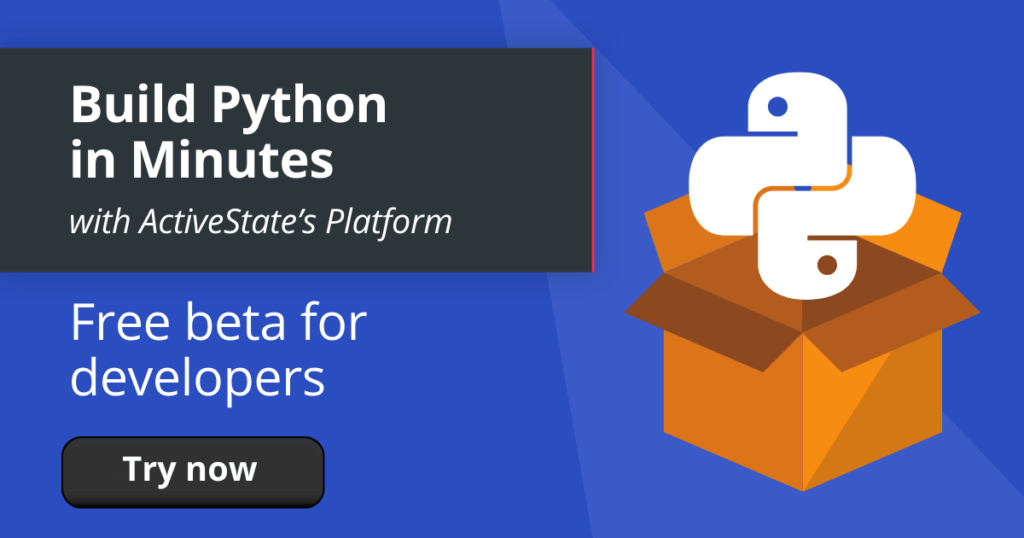But once you’ve automated all the low-hanging fruit, complexity escalates and productivity gains drop off sharply. So how can you continue to ship more, faster? One idea is to leverage all that data you’ve been (automatically) generating. That’s where Machine Learning (ML) can help.
Machine Learning to the Rescue
For example, ML can be used to examine the results of automated tasks for complex criteria (e.g. defining thresholds based on statistical significance rather than just pass/fail) without slowing down the SDLC. Since ML can pick out trends not apparent to the naked eye (or even standard analytics tools), it can potentially be used to do things like:
- Uncover Root Causes
- Detect Anomalies, and
- Predict Failures
All of which will result in significant time and manpower savings. But such savings require an upfront investment in ML in order to create a solution that addresses your needs.
Read more about DevOps for Machine Learning
The Power of Open Source
Open source is driving all of the innovation in ML, where Python is widely considered the open source tool of choice. Even most vendor-backed ML solutions have open source at their core, and include Python ML and data engineering libraries like:
- Pandas – simplifies data wrangling, including cleansing, normalizing, indexing, renaming mapping, etc.
- TensorFlow – abstracts away much of the complexity of neural network creation, simplifying tasks like image recognition, speech and natural language processing
- Scikit-Learn – for classification, regression and clustering of data, which would be appropriate for anomaly detection, such as when looking for root cause or detecting exceptions in “normal” processing.
But Python’s strong Web and API frameworks can also help overcome issues with the last mile. For example, whether you need a full stack Web framework like Django or a lightweight, extensible one like Flask, both have excellent Web API libraries that can simplify the creation and exposure of your model in production applications.
Want to get an expert perspective on operationalizing machine learning? Watch our on-demand webinar.







